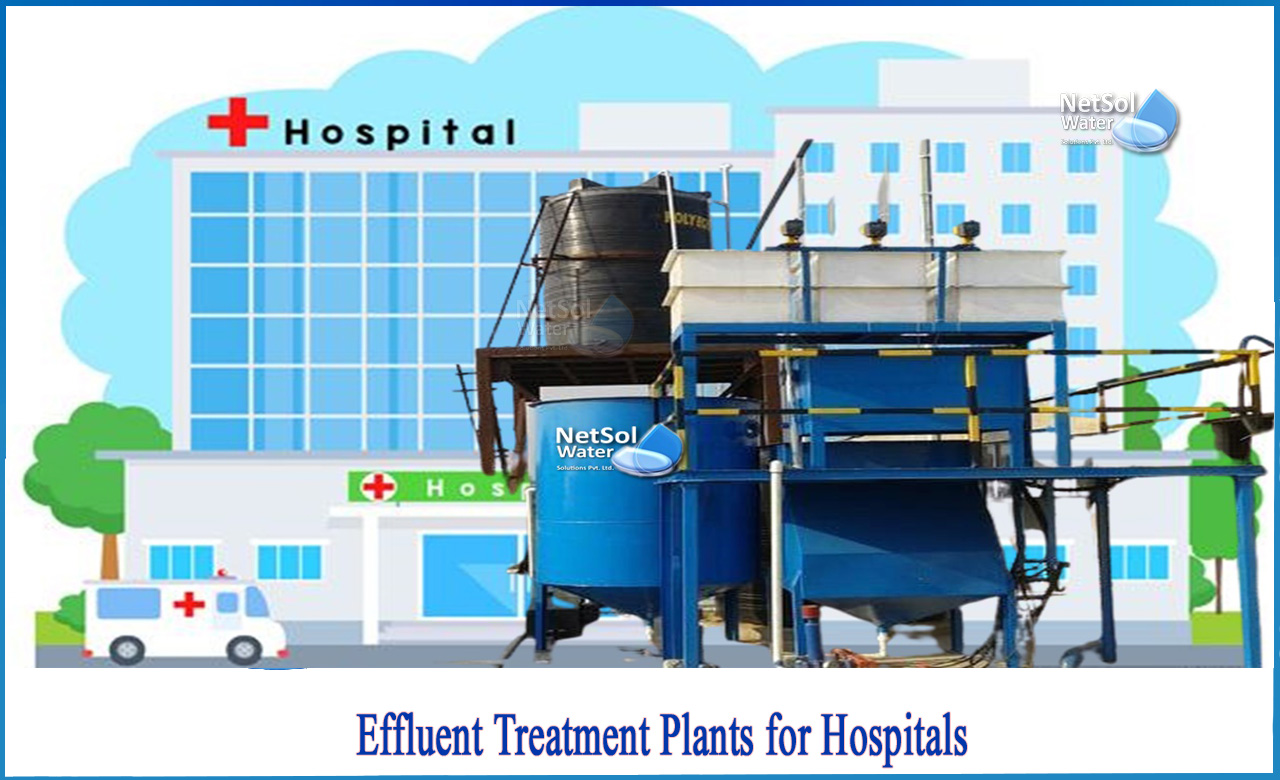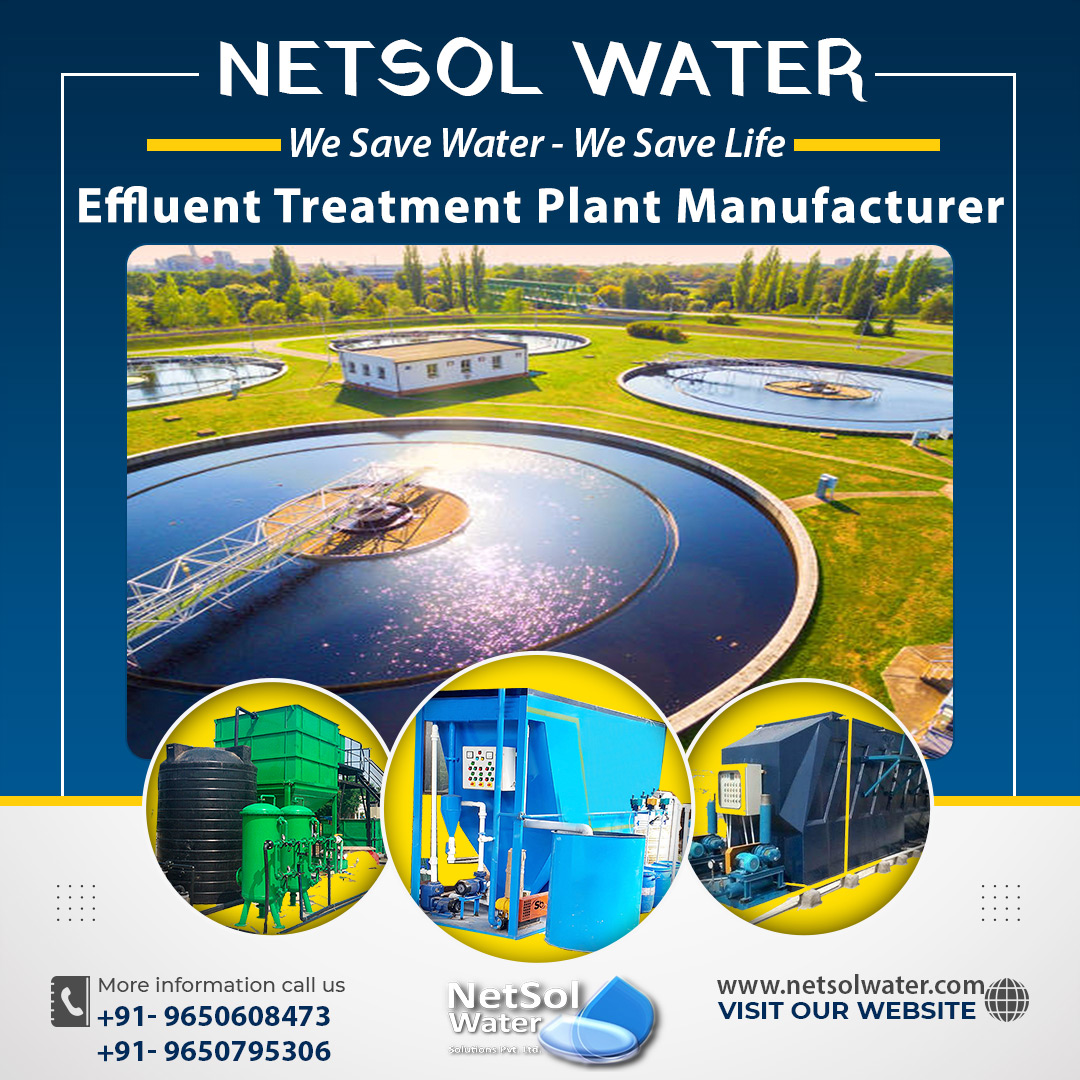Introduction
Hospital Water pollution is caused in various areas of the hospital, including patient wards, surgery units, clinical wards, ICU, kitchens, and laundries, and its composition varies depending on the activities performed. Pharmaceuticals, radionuclides, detergents, medical drugs, heavy metals, radioactive substances, antibiotics, antiseptics, surfactants, solvents, and potentially pathogenic and drug resistant microorganisms are all found in hospital wastewater.
Types of water in hospitals:
Hospital wastewater is classified as follows:
• Black water: This is highly polluted wastewater that contains faeces, urine, food residues, toxic chemicals, and other contaminants.
• Greywater: This is low-contamination wastewater that contains residues from bathing, washing, laboratory processes, and other activities.
• Stormwater: This is rainwater from hospitals' grounds, roofs, and other areas.
What is the need of ETP in hospitals?
If hospital wastewater is not treated properly, the environment and human health can be adversely affected. Proper treatment of hospital wastewater is essential. Therefore, choosing a suitable treatment technology as an output wastewater treatment station for the hospital is essential. The main purpose of a effluent treatment plant (ETP) is to eliminate as much suspended solids and organic matter as possible before the wastewater is released into the environment or reused for various hospital purposes. When untreated wastewater mixes with groundwater, it can create significant health risks by causing serious infectious diseases in people with weakened immune systems.
Stages of effluent treatment plant:
1. Preliminary stage: This step, also known as pre-treating, is the most essential processing in most effluent treatment plant. These are rod shields of various shapes and sizes to remove large suspended solids such as paper, plastic, metal, debris, rags and more from raw sewage/wastewater to enter. If these materials are not eliminated, they can cause serious damage to plant equipment. When wastewater enters to the grit chamber, the water flow gets slow down and thuseliminates sand, gravel, sand, and rock, and this process is known as sedimentation.
2. Primary stage: It uses physical and chemical methods to improve wastewater quality, which is not the case in the previous step. As the wastewater enters the sump or primary clarifier, heavier solids settle to the bottom of the tank and lighter particles float to the top and slide off the surface using a process called skimming and sieving. thereby removing 60%-65% of total suspended solids from liquid wastewater. This step can use the sand chamber to remove sand. The decanted solids called primary sludge will be taken to the sludge digestion tank for further treatment. Now that the water is partially clarified, it will move on to the next step.
3. Secondary stage: This is a step that removes about 80%-90% of organic matter using a process known as bioremediation. Most hospital ETPs use an "activated sludge process", in which liquid wastewater enters an aeration tank, where it mixes with air to promote microbial growth and thus release decomposition of organic matter. As the aerated water enters the secondary clarifier, the floating material is removed and the heavier material settles to the bottom, known as the "activated sludge" or secondary wastewater. The remaining microbial sludge will be recirculated to the aeration tank to speed up the decomposition of organic matter. The remaining microorganisms are treated separately in a next step called sterilization.
4. Tertiary stage: This is the final step, also known as the sterilization step. This step removes all remaining suspended solids and other materials not removed in the previous steps. The effectiveness depends on the quality of the water to be treated. The main goal of disinfection is to reduce the number of microorganisms in wastewater discharged into the natural environment. Disinfection or sterilization technology uses ozone, chlorine and ultraviolet (UV) light to remove harmful chemicals found in wastewater. This step removes nitrogen, phosphorus and other harmful contaminants.
It is essential for hospitals to have an effluent treatment plant to properly treat water as hospital waste is hazardous as well.
We at Netsol Water, design, manufacture and install Effluent Treatment plants for various commercial and industrial purposes.




